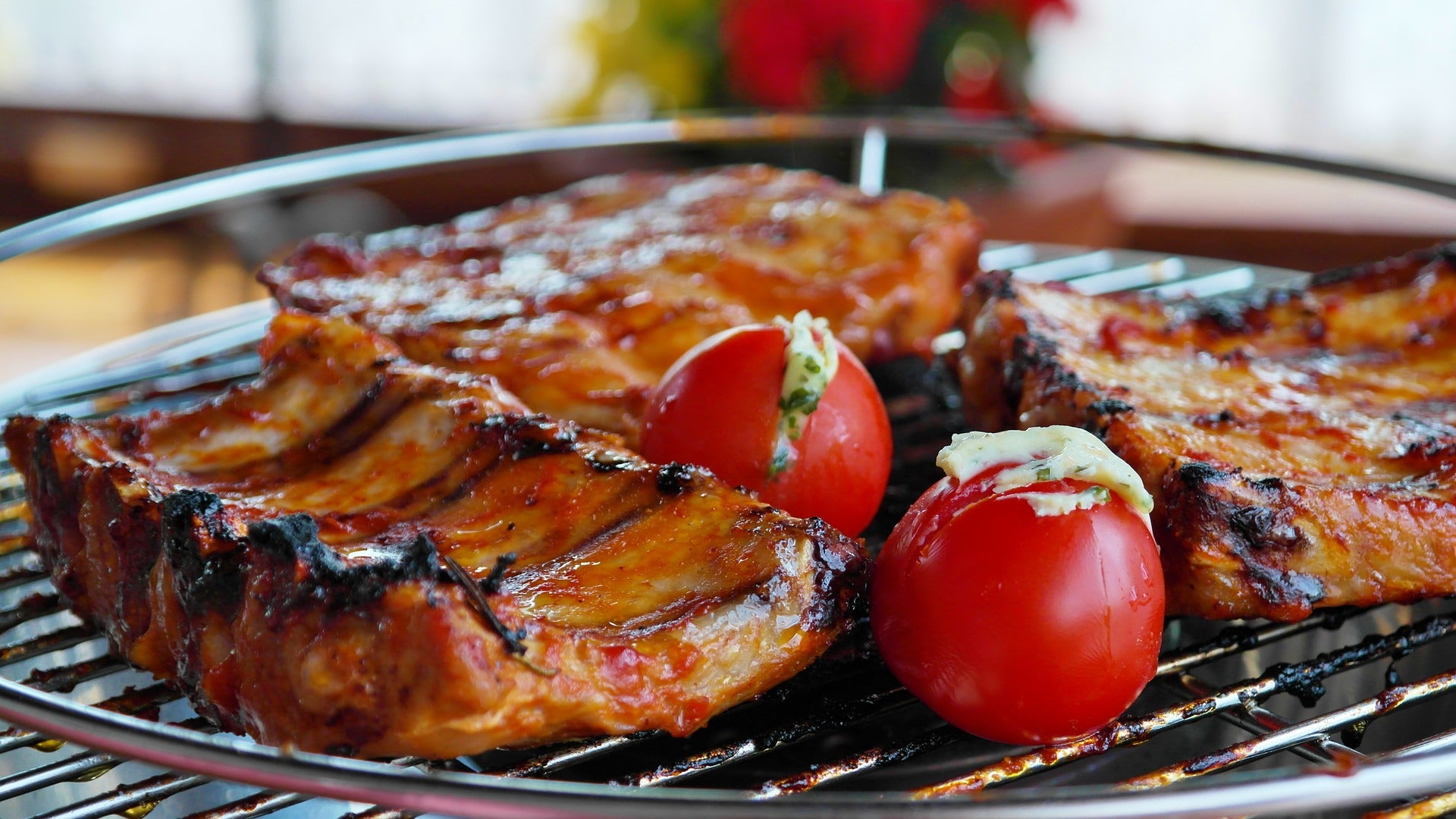
How to Green Your Barbecue
The summer is fast approaching! Hurray! And with summer comes the good ole barbecue. It’s a great way to kick back and enjoy the company of good friends and family while having a flavourful grilled meal.
Unfortunately, barbecues (particularly larger gatherings) often produce a lot of pollution and waste. This includes air pollution from burning fuel to heat the grill and solid waste such as disposable plates, napkins, cups, and cutlery that are thrown away once the party is over. So if you are serious about having a healthier and greener home, don’t forget to follow these steps to have a more eco- and health-conscious barbecue.
Grill Choice
Let’s start with your grill first. Conventional charcoal grills are widely loved because of the flavour they add to food. However, burning charcoal releases harmful volatile organic compounds (VOCs) and particulate matter into the air around the grill, and prolonged exposure to these pollutants can have a negative impact on your health. Charcoal also emits ground-level ozone, the main contributor to smog, which is often a health and visibility problem in the summer months. So it’s best to find an alternative to a conventional charcoal grill, and here are your options:
- The most eco-friendly affordable option is the electric grill – that is if your energy comes from green sources, such as wind, solar, or even hydro (which is indeed the case for Metro Vancouver and much of BC). Electric grills plug directly into an outlet and are similar to gas grills in terms of temperature control, cook time, and flavor.
- Another eco-friendly option is solar powered grills, which has a dish that channels the sun’s rays onto a solar panel, creating enough energy to heat the grill and cook your food. They are more costly, but are a worthwhile investment.
- Another option worth considering is the pellet grill. They run on compressed wood nuggets and burn more efficiently and cleaner than charcoal. The pellets usually come from sawdust or other waste wood, and they don’t contain additives that make charcoal smoke hazardous. Plus, you can still get some of charcoal’s woodsy taste with flavored pellets such as hickory, oak, and apple! They are more expensive, as they include more components.
- Gas grills are another option. Compared to charcoal grills, they emit less smoke and particulate matter directly into the air around the grills. They also feature quick start times, year-round usability, temperature consistency and minimal cleanup. That said, they are fueled by petroleum or natural gas, both non-renewable fossil fuels. So that means their carbon footprint could be larger than a charcoal grill since charcoal comes from wood, which is a renewable resource. Trees also take up carbon dioxide from the atmosphere. If you’re going with gas, then be sure to invest in a high-quality, energy efficient model and make sure the gas tanks are refillable.
If you aren’t ready to switch grills, then at least choose lump charcoal over charcoal briquettes, as it usually contains no additives and creates less ash. Look for brands of lump charcoal made from sustainably harvested wood or lumber mill waste. Also, ditch the lighter fluid, which contains nasty chemicals, and use a charcoal chimney instead to light up your charcoal. Don’t forget to also reuse the charcoal! Just make sure it is dry, and sandwich the used charcoal in between some fresh charcoal next time around.
What’s Being Served?

Now let’s take a look at what we’re going to cook on the grill. You can reduce the environmental footprint of your barbecue by opting for chicken, seafood, or vegetarian options instead of beef. If you can, choose pasture-raised chicken, sustainably harvested seafood, and organic vegetables. If you absolutely need beef, then choose grass-fed beef. Just remember that grass-fed beef is leaner, so it can burn more easily than grain-fed alternatives. Sear the beef first over more direct heat, and then finish cooking the beef by grilling it at a lower temperature (i.e., moving it farther away from the flame).
Serving larger portions of veggies as part of your meal will also reduce your eco-footprint. If you’re looking for some delicious vegetarian/vegan/paleo burger alternatives, check out these recipes.
Let’s Get Eating!

Once your delicious meal is ready to be served, you’ll want to have your guests enjoy it using reusable plates, cutlery, and napkins. If you don’t have enough dishware for all of your guests, then opt for biodegradable, recycled or unbleached picnicware. And instead of single-serve beverage containers, choose bulk-size beverage containers (or better yet, make your own refreshing lemonade or sangria!) and reusable cups.
Clean Up Time!
Once everyone is full and you’re ready to clean up, be sure to compost food scraps and other organics such as dirty paper napkins or towels. If you only have a backyard compost available, then only compost uncooked veggie scraps to avoid attracting animals to your compost bin with the smell of meat and cooked foods. Also remember to recycle any recyclable materials. Then pack up any leftovers in tupperware (preferrably stainless steel or glass) so that you and/or your guests can have some yummy leftovers tomorrow!
